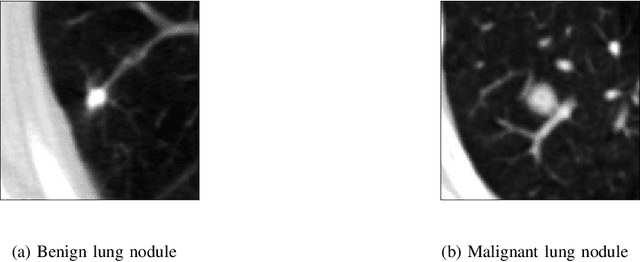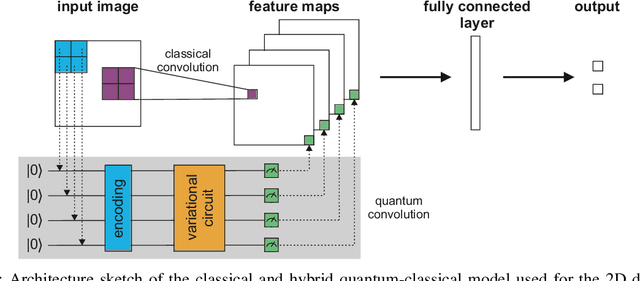Andrea Matic
Preventing Errors in Person Detection: A Part-Based Self-Monitoring Framework
Jul 10, 2023Abstract:The ability to detect learned objects regardless of their appearance is crucial for autonomous systems in real-world applications. Especially for detecting humans, which is often a fundamental task in safety-critical applications, it is vital to prevent errors. To address this challenge, we propose a self-monitoring framework that allows for the perception system to perform plausibility checks at runtime. We show that by incorporating an additional component for detecting human body parts, we are able to significantly reduce the number of missed human detections by factors of up to 9 when compared to a baseline setup, which was trained only on holistic person objects. Additionally, we found that training a model jointly on humans and their body parts leads to a substantial reduction in false positive detections by up to 50% compared to training on humans alone. We performed comprehensive experiments on the publicly available datasets DensePose and Pascal VOC in order to demonstrate the effectiveness of our framework. Code is available at https://github.com/ FraunhoferIKS/smf-object-detection.
Quantum-classical convolutional neural networks in radiological image classification
Apr 26, 2022



Abstract:Quantum machine learning is receiving significant attention currently, but its usefulness in comparison to classical machine learning techniques for practical applications remains unclear. However, there are indications that certain quantum machine learning algorithms might result in improved training capabilities with respect to their classical counterparts -- which might be particularly beneficial in situations with little training data available. Such situations naturally arise in medical classification tasks. Within this paper, different hybrid quantum-classical convolutional neural networks (QCCNN) with varying quantum circuit designs and encoding techniques are proposed. They are applied to two- and three-dimensional medical imaging data, e.g. featuring different, potentially malign, lesions in computed tomography scans. The performance of these QCCNNs is already similar to the one of their classical counterparts -- therefore encouraging further studies towards the direction of applying these algorithms within medical imaging tasks.
 Add to Chrome
Add to Chrome Add to Firefox
Add to Firefox Add to Edge
Add to Edge